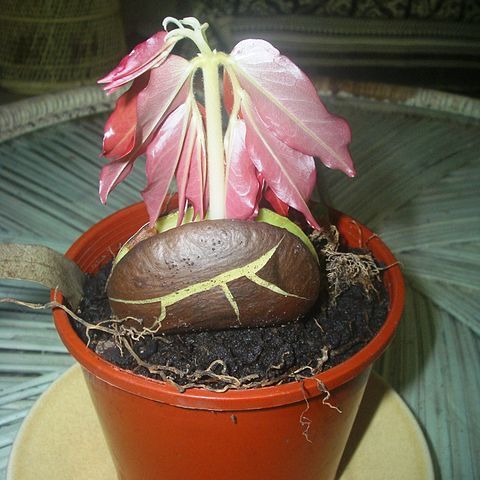Tree 7.5-42 m high, 12.5-60 cm in diam., sometimes with buttresses, up to 3 m high. Leaves (2-)3-7-jugate; rachis 10-18 cm, petiole 0.5-2 cm, petiolules 0.3-0.7 cm. Leaflets ovate or obovate, elliptic, or oblong, 5.5 — 13( — 14.5) by 3-5.6(-6.5) cm; apex acuminate, the acumen well-developed, bifid at the tip for 1-3 mm; base asymmetrically cuneate; midrib 8-12(-20) mm from the upper margin; venation above faintly impressed, nerves beneath finely prominent. Rachis of the inflorescence 3-6 cm, glabrescent; bracts 1.5-5 cm, appressed-hairy; bracteoles 5-8 mm; pedicels 1.4-3 cm. Flowers white-cream. Hypanthium 2.5-4 mm deep. Sepals 1.3-1.5 cm. Petals 1.2 — 1.8 cm. Stamens connate over 0.2-1 mm at the base; filaments 1.4-2.3 cm; anthers apiculate. Ovary glabrous to densely hairy; stipe (3 — )5 — 10 mm. Fruits 2.5-4.8 by 1.8-3.6 by 0.7-1.7 cm. Seeds subreniform, 1.5 by 1 cm.

